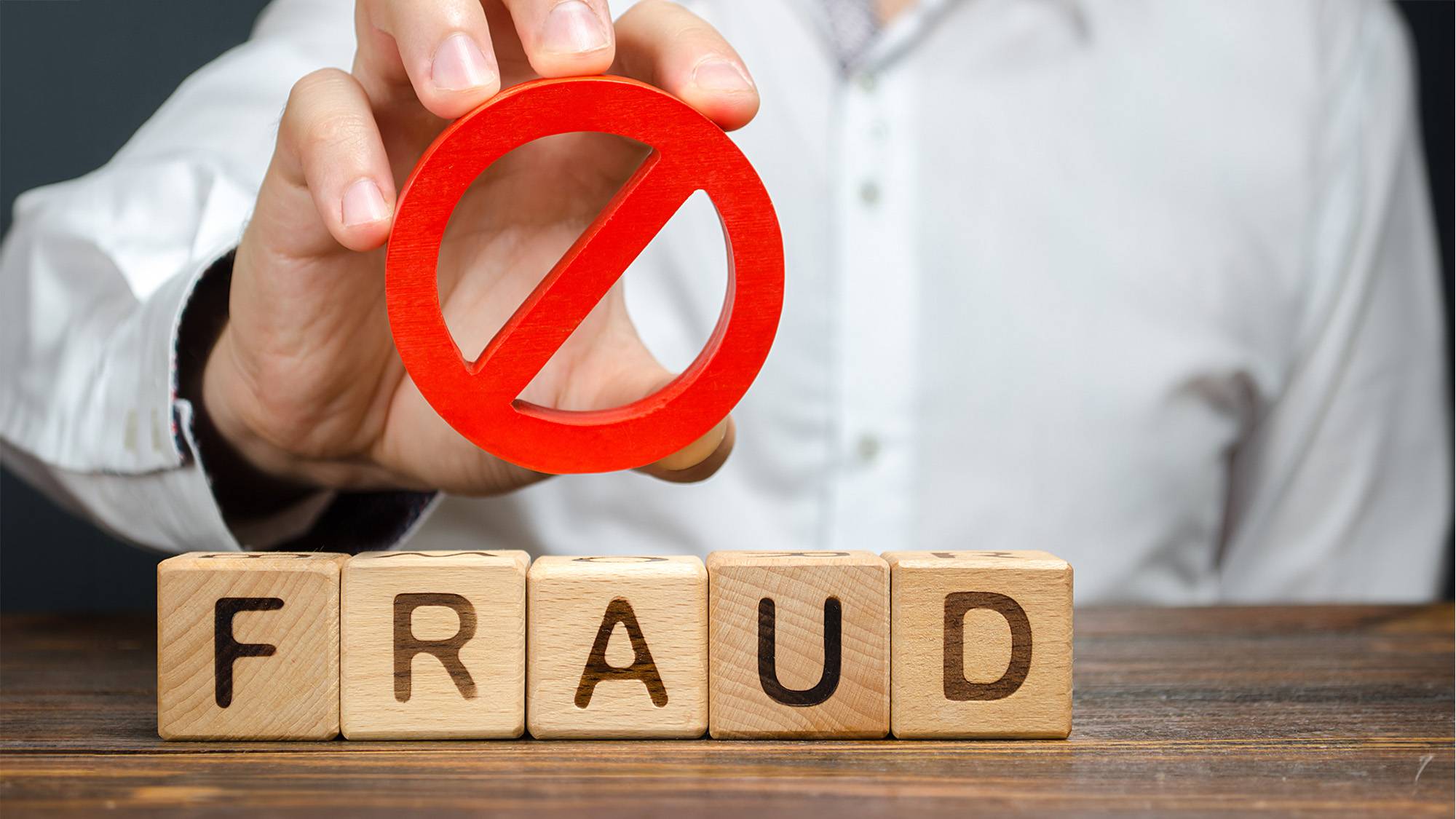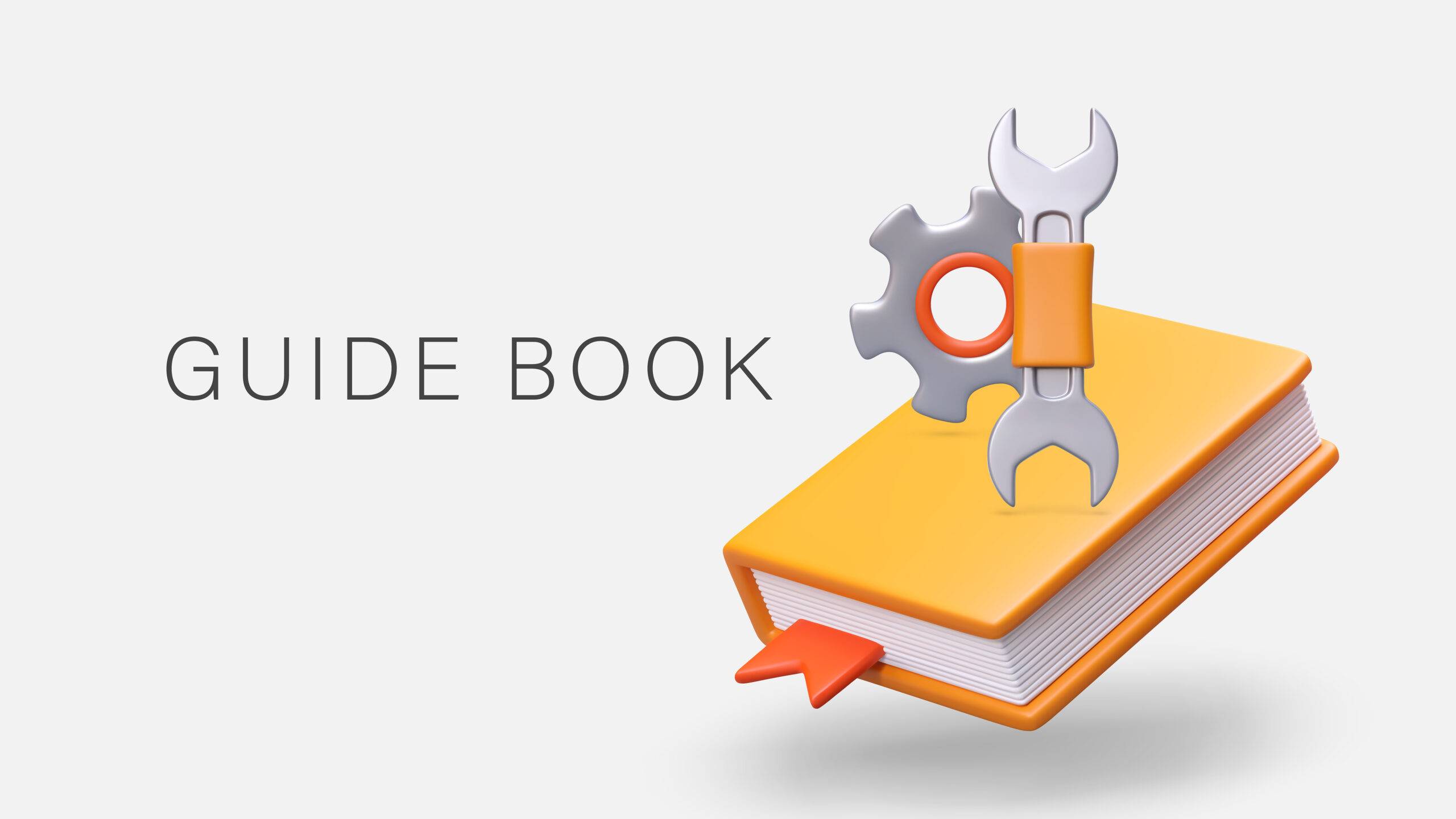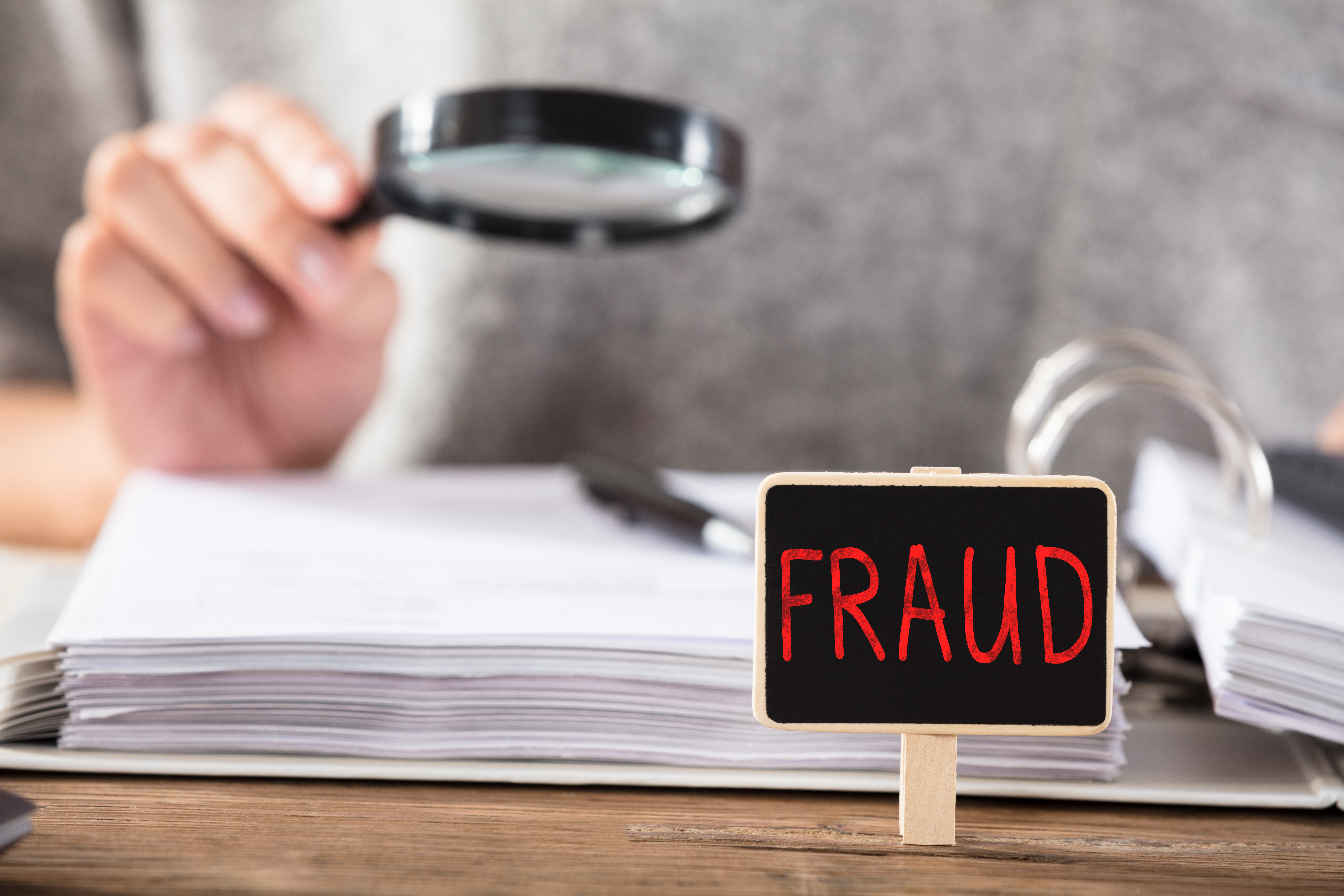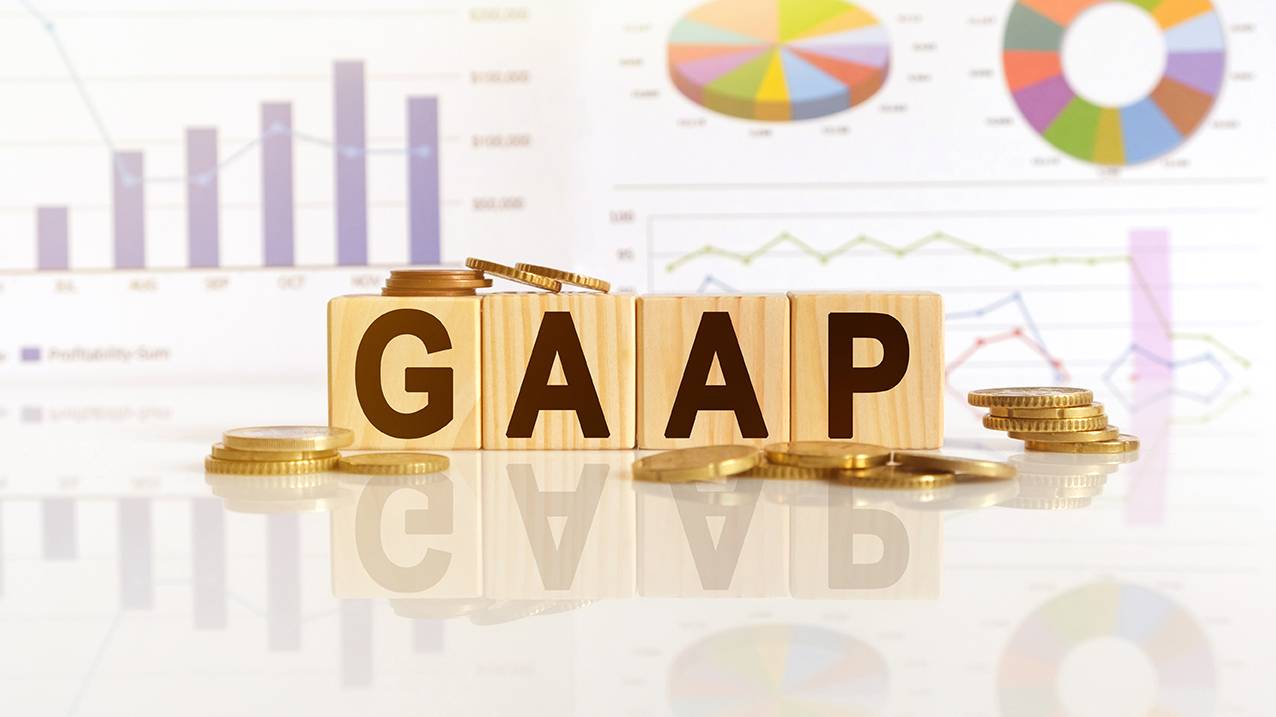Self-Study
Fraud Examination: Prevention, Detection, and Investigation
Detailed guide to Fraud Prevention, Detection, and Investigation. Build expertise in recognizing fraudulent activities, conducting thorough investigations, and implementing effective anti-fraud controls in your organization.

$336.00 – $376.00
Webcasts are available for viewing Monday – Saturday, 8am – 8pm ET.
Without FlexCast, you must start with enough time to finish. (1 Hr/Credit)
Please fill out the form below and we will reach out as soon as possible.
CPE Credits
12 Credits: Accounting
Course Level
Overview
Format
Self-Study
Course Description
Professionals might find themselves ill-equipped to identify and tackle the complex issue of fraud within their organizations. The nuances of different fraud types, coupled with the challenge of creating an environment that deters fraudulent activities, can be overwhelming. Additionally, the lack of expertise in effectively investigating and reporting fraud instances further complicates matters, leaving businesses vulnerable to financial and reputation damage.
This fraud CPE course bridges the gap between limited understanding and a comprehensive grasp of fraud prevention, detection, and investigation. It equips participants with the skills to identify common conditions that foster fraud, recognize various fraud types, and understand the methodologies used in fraudulent activities. The CPA fraud CPE course also offers valuable insights into the roles and strategies of fraud examiners, including practical techniques for conducting investigations, interviews, and document examinations. With this knowledge, participants will be able to construct effective anti-fraud policies and controls, significantly enhancing their organization’s ability to prevent and respond to fraudulent activities confidently and competently.
Learning Objectives
Upon successful completion of this course, participants will be able to:
Chapter 1
- Recognize the conditions under which fraud is most common.
- Cite the types of rationalization used for committing fraud.
- Specify the circumstances under which collusion is more likely to occur.
- Specify the different types of fraud as well as the individuals or entities that are harmed in the process.
- Identify the activities in which a fraud examiner may be engaged.
Chapter 2
- Specify the methods used to falsify expense reports.
- Recognize the different types of fraud related to each functional area of a business.
- Recognize the various techniques used to falsely modify the financial statements.
- Identify the goal of misreporting cash flows.
Chapter 3
- Identify the positions most likely to be engaged in financial statement falsification.
- Specify the formula used to construct a balance sheet.
- Describe the components of the liquidity concept, including the sequencing.
- Recognize the different types of analysis used to detect fraud.
- Specify the inter-relationships among accounts and the financial to non-financial comparisons that can be used to find instances of fraud.
Chapter 4
- Recognize the methods available for reducing the perceived pressure on employees.
- Identify the situations in which background checks should be used.
- Identify the alternative responses to the discovery of fraud by an employee.
- Cite the protective measures that an outside investor can use to protect himself against fraud.
Chapter 5
- Specify the policies most useful for preventing fraud.
- Identify the uses to which the dual custody concept can be put.
- Recognize the negative effects of installing controls.
- Specify the different controls that can be used to specifically combat fraud.
- Cite the indicators of a possible problem with a journal entry.
- Specify the circumstances under which a shared services center is most useful.
- Recognize those controls that are most useful in a smaller organization.
Chapter 6
- Cite fraud symptoms and examples that indicate the presence of fraud as well as fraud risks associated with operating in an emerging market.
- Identify the actions to take when searching for different types of fraud.
- Specify the best practices for operating an employee hotline.
- Recognize the concept underlying Benford’s Law.
- Describe the circumstances under which a z-score can be used to identify fraud.
- Identify the different types of risk associated with the examination of documents.
- Specify the types of fraud schemes that are least likely to be noticed.
Chapter 7
- Recognize the procedures needed to deal with fraud situations.
- Cite the different types of fraud investigation techniques.
- Identify the steps to be followed when examining a hard drive for evidence.
Chapter 8
- Specify how the Bates numbering system is used and where to obtain evidence for document examination.
- Recognize the calculation for estimating the income of an employee.
Chapter 9
- Cite the characteristics of an ideal fraud interviewer, and the types of questions that this person asks.
- Identify how assessment questions are used.
- Recognize the different types of integrity tests.
Chapter 10
- Recognize the contents of a typical fraud report, noting the proper report tone that should be used.
- Cite the documentation requirements for a fraud interview.
Chapter 11
- Identify the methods available for recovering funds from a fraud.
- Describe the purpose of a grand jury.
Course Specifics
1163437
August 9, 2022
There are no prerequisites.
None
225
Compliance Information
Qualifies for CA Fraud Credits: 12
CMA Notice: Western CPE makes every attempt to maintain our CMA CPE library, to ensure a course meets your continuing education requirements please visit Insitute of Management Accountants (IMA)
CFP Notice: Not all courses that qualify for CFP® credit are registered by Western CPE. If a course does not have a CFP registration number in the compliance section, the continuing education will need to be individually reported with the CFP Board. For more information on the reporting process, required documentation, processing fee, etc., contact the CFP Board. CFP Professionals must take each course in it’s entirety, the CFP Board DOES NOT accept partial credits for courses.
Meet The Experts

Steven M. Bragg, CPA, is a full-time book and course author who has written more than 300 business books and courses. He provides Western CPE with self-study courses in the areas of accounting and finance, with an emphasis on the practical application of accounting standards and management techniques. A sampling of his courses include the The New Controller Guidebook, The GAAP Guidebook, Accountants’ Guidebook, and Closing the Books: An Accountant’s Guide. He also manages the Accounting Best Practices podcast. Steven has been the CFO or controller of both public and private companies and has been a consulting manager with Ernst & Young and …
Related Courses
-
 Accounting
Accounting
Accountants’ Guidebook
Steven M. Bragg, CPA QAS Self-Study
Credits: 30 $600.00
QAS Self-Study
Credits: 30 $600.00$600.00 – $640.00
-
 Accounting
Accounting
Accounting Fraud: Recent Cases
Joseph Helstrom, CPA QAS Self-Study
Credits: 1 $29.00
QAS Self-Study
Credits: 1 $29.00$29.00 – $49.00
-
 Accounting
Accounting
GAAP Guidebook
Steven M. Bragg, CPA QAS Self-Study
Credits: 29 $580.00
QAS Self-Study
Credits: 29 $580.00$580.00 – $620.00
